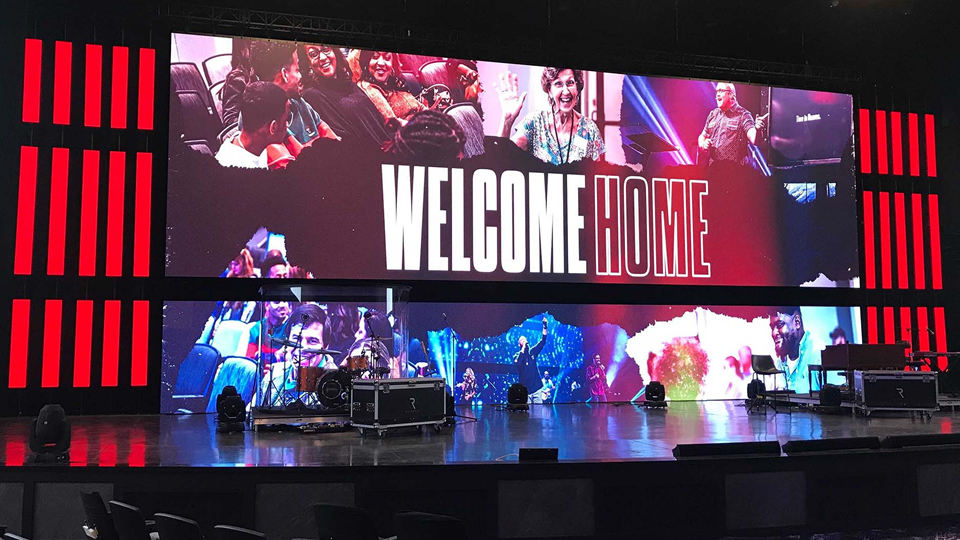Getting the colors right on an led display is not just about aesthetics—it’s about delivering accurate, reliable visuals that reflect your brand and content quality. Whether it’s for a corporate event, retail showroom, broadcast studio, or control room, proper color calibration is essential to ensure the screen looks professional and consistent.

The first step in color calibration is ensuring your hardware is warmed up. Like many electronic devices, led displays perform more consistently after running for 15 to 30 minutes. Starting calibration too early can result in colors shifting once the display reaches full operating temperature.
Next, check for uniformity across the entire screen. Sometimes, panels within the same display may show slight differences in brightness or color tone. Use a calibrated camera or colorimeter to measure and adjust these differences. Many professional systems offer built-in tools or external software for fine-tuning each module or cabinet to match the rest.
It’s also important to use standard color profiles. For most professional use cases, sRGB or Rec.709 color spaces are preferred, depending on the application. Consistency with these standards helps ensure that the content looks the same on your display as it does on other screens, such as computer monitors, TVs, or broadcast systems.
Avoid relying on your eyes alone. Ambient lighting, fatigue, and personal perception can lead to inaccurate judgments. Instead, use dedicated calibration equipment and software to set white balance, gamma, contrast, and saturation levels accurately.
Finally, schedule regular recalibration sessions. LED displays may drift in color and brightness over time, especially with heavy use. A quarterly or bi-annual checkup can help maintain visual consistency and extend the effective life of the display.
Accurate color calibration not only enhances the viewing experience but also ensures your visuals are presented exactly as intended—crisp, vibrant, and professional.

